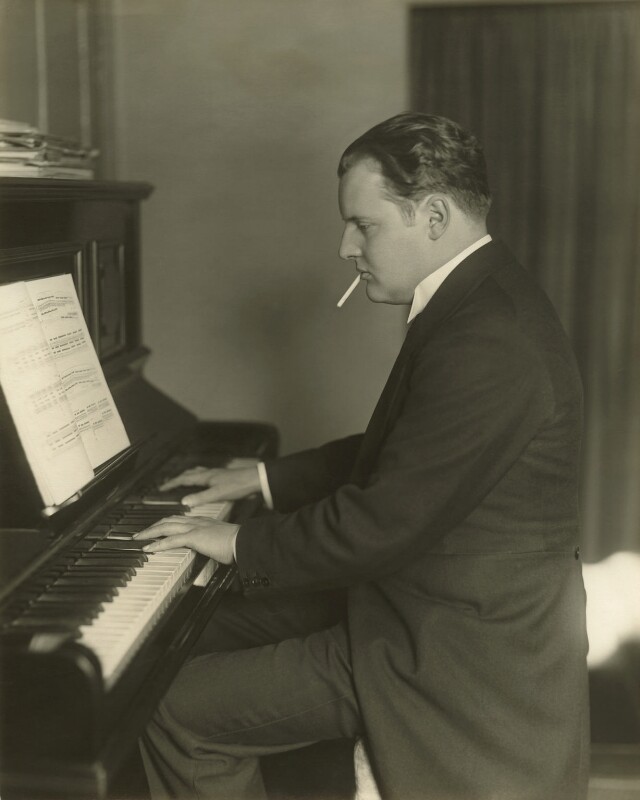people » Constant Lambert
Constant Lambert (1905-1951). Composer, Conductor and Author.
Constant Lambert was born in London in 1905, the son of an Australian painter. He was educated at Christ’s Hospital, Horsham, where he showed early musical promise. In 1922 he went to the Royal College of Music, where his teachers included Ralph Vaughan Williams and Malcolm Sargent. He was recognized by Serge Diaghilev as early as 1925, who commissioned him to write the score for the ballet Roméo et Juliette which was choreographed by Bronislava Nijinska. Thereafter Lambert himself became a central figure in the English cultural scene, his friends and admirers including John Maynard Keynes, William Walton, the Sitwells and Anthony Powell. But it was as part of the balletic triumvirate of Ninette de Valois, Frederick Ashton and himself, the trio which guided and nurtured British ballet throughout the 1930s and 1940s, that Lambert will principally be remembered
In 1927 Lambert composed what is still his most famous work, Rio Grande, a jazz influenced piece for piano, choir, vocal soloists and orchestra, to words by Sachaverell Sitwell. (He also took part in early performances of the William Walton-Edith Sitwell extravaganza Façade.) In 1931 he composed his piano concerto, which was also well received, but more important in that year he became the music director of what was then the Vic-Wells Ballet, a position he held until 1947, after which he continued to work as a guest conductor.
Lambert’s output as a composer reduced from 1931, though he did write a notable score for Ashton’s ballet Horoscope in 1938. But his influence in the first two decades of de Valois’ company cannot be under-estimated, musically, artistically and culturally. His wide ranging knowledge and appreciation of music and its cultural importance is well evidenced in his sparky Music Ho!, seen as a seminal book since its appearance in 1934, and it was this sensibility and understanding that he brought to bear in his work for the ballet.
During his years with the ballet Lambert worked closely with Helpmann, as well as with de Valois and Ashton. He was also close artistically and personally to the young Margot Fonteyn, and a strong influence in her development. He battled throughout his life from ill health and alcoholism, which both took their toll on his creativity. His final work was the score for Ashton’s ballet Tiresias in 1951. The critical reception of this ballet on its first performance was held by some to hasten Lambert’s premature death in London in 1951.

